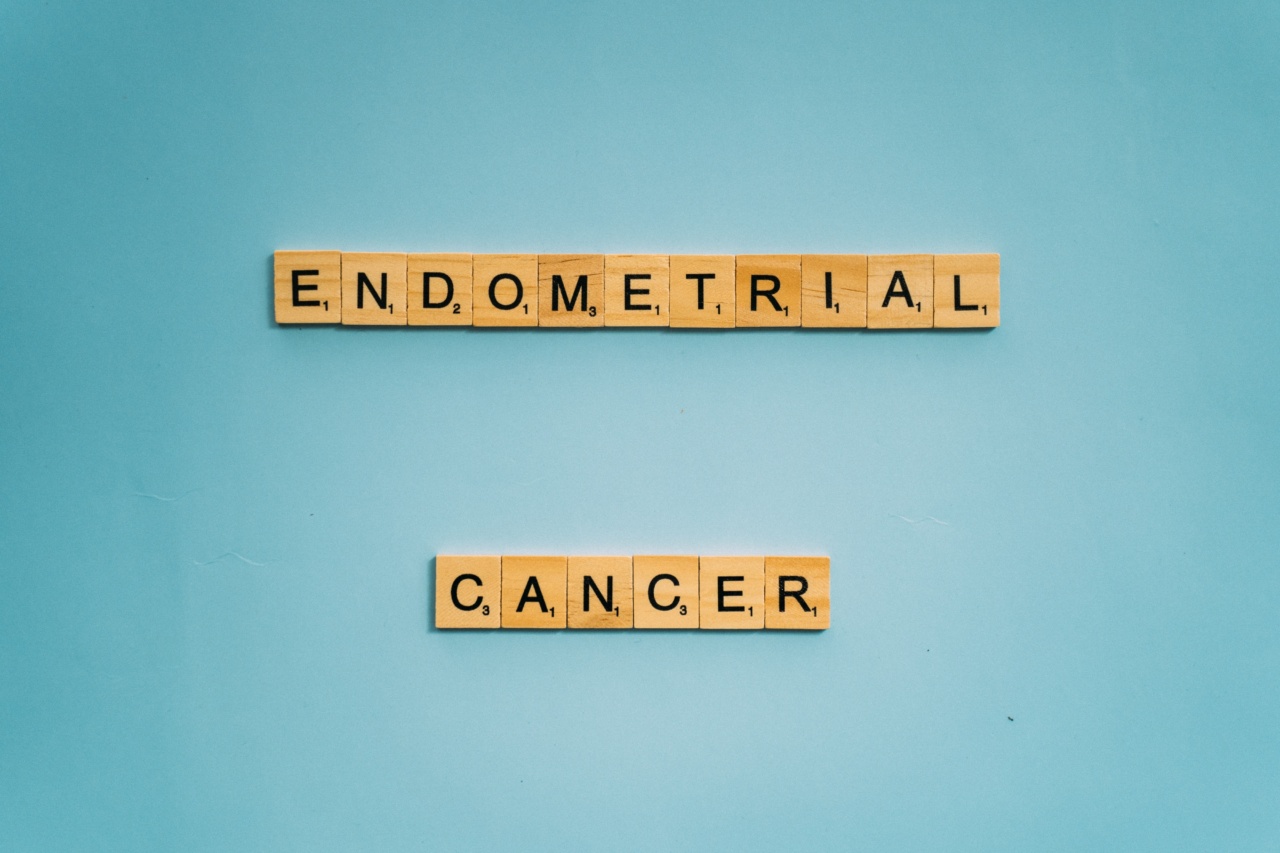Endometrial cancer, also known as uterine cancer, is a type of cancer that develops in the lining of the uterus (endometrium). It is one of the most common gynecological cancers and affects thousands of women worldwide.
Understanding the primary risk factors associated with endometrial cancer is crucial for early detection and prevention. In this article, we will explore the key factors that can increase a woman’s risk of developing endometrial cancer.
1. Age
Age plays a significant role in the development of endometrial cancer. The risk of this cancer increases as women get older, especially after menopause. According to studies, the majority of endometrial cancer cases occur in women over the age of 55.
2. Obesity
Obesity is closely linked to an increased risk of endometrial cancer. Fat cells produce extra estrogen, which can stimulate the growth of the endometrial lining.
The more fat cells a woman has, the higher her estrogen levels, which in turn increases her chances of developing endometrial cancer.
3. Hormonal Imbalances
Endometrial cancer is often associated with hormonal imbalances, particularly an excess of estrogen.
Conditions such as polycystic ovary syndrome (PCOS), estrogen replacement therapy without progesterone, and anovulation can lead to an overgrowth of the endometrial lining and raise the risk of cancer.
4. Tamoxifen Use
Tamoxifen is a medication commonly prescribed for breast cancer treatment and prevention. However, long-term use of tamoxifen has been linked to an increased risk of endometrial cancer.
Women taking tamoxifen should be closely monitored by their healthcare providers to detect any potential abnormalities.
5. Family History
A family history of endometrial cancer can significantly raise an individual’s risk of developing the disease. If a first-degree relative, such as a mother or sister, has had endometrial cancer, the risk increases two to three times.
This suggests a potential genetic predisposition to the disease.
6. Lynch Syndrome
Lynch syndrome, also known as hereditary nonpolyposis colorectal cancer (HNPCC), is an inherited genetic condition that increases the risk of several types of cancer, including endometrial cancer.
Individuals with Lynch syndrome have a significantly higher risk of developing endometrial cancer compared to the general population.
7. Diabetes
Diabetes, particularly type 2 diabetes, has been linked to an increased risk of endometrial cancer.
The exact mechanism behind this association is not fully understood, but it is believed to be related to insulin resistance and high insulin levels, which can promote the growth of cancer cells.
8. Estrogen-only Hormone Replacement Therapy
Women who undergo hormone replacement therapy (HRT) with estrogen alone, without the addition of progesterone, have a higher risk of developing endometrial cancer.
Unopposed estrogen can cause the endometrium to grow unchecked, leading to an elevated risk of cancer.
9. Race and Ethnicity
Studies have shown that endometrial cancer rates vary among different racial and ethnic groups. White women have the highest risk, followed by African American women.
Asian and Hispanic women, on the other hand, tend to have lower incidences of endometrial cancer.
10. Inherited Gene Mutations
Specific gene mutations, such as those in the BRCA1 and BRCA2 genes, usually associated with an increased risk of ovarian and breast cancer, have also been linked to an elevated risk of endometrial cancer.
Genetic testing can help identify individuals with these mutations and may inform their preventive measures.
Conclusion
Identifying and understanding the primary risk factors for endometrial cancer are crucial steps toward prevention, early detection, and appropriate management.
While some risk factors, such as age and family history, cannot be modified, others like obesity and hormone replacement therapy choices can be addressed through lifestyle changes and informed decision-making. Regular check-ups, screenings, and open communication with healthcare providers are essential in reducing the risk of endometrial cancer and promoting overall gynecological health.






























